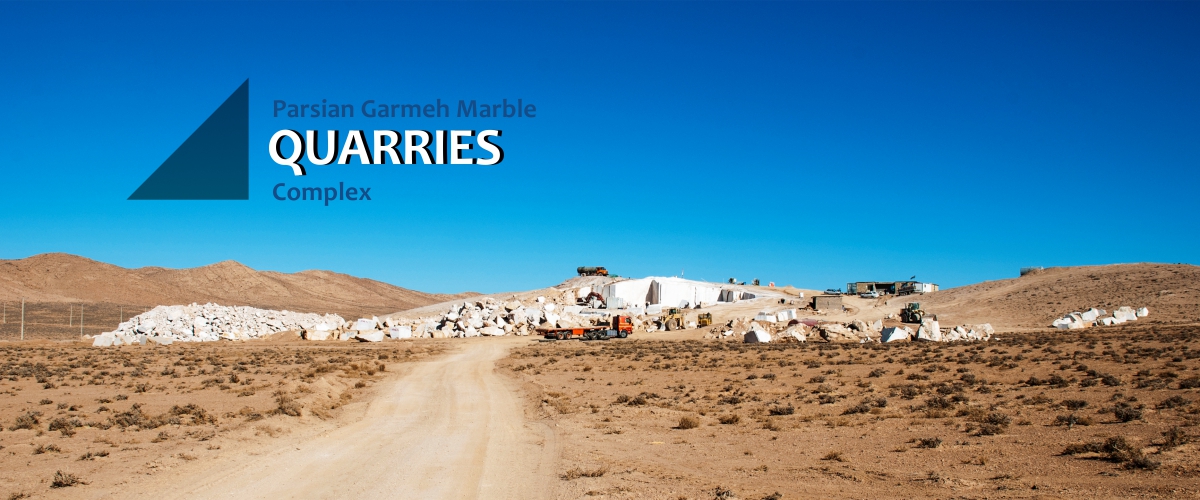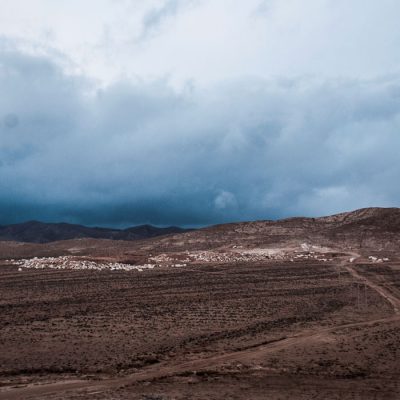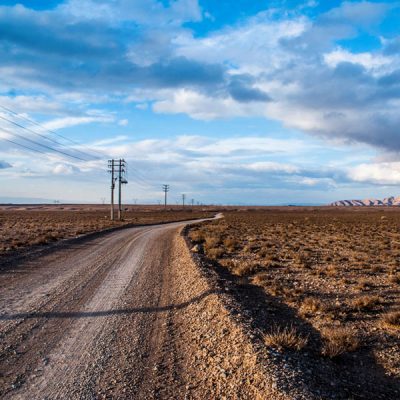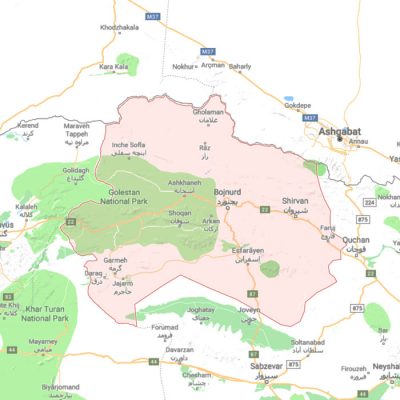Address
Eastern end of Alborz Mountains, Garmeh City, Northern Khorasan, Iran

Address
Eastern end of Alborz Mountains, Garmeh City, Northern Khorasan, Iran

Geological location
This area is defined with indications related to the Jurassi-Neohene period that are usually showing fossil sedimentary rocks with beige-white tonalities.
In some cases, tonalities are associated with large streaks of formation during palaetica. There are also a variety of sedimentary rocks in these areas with a brief curvature.
There is just one difference of geological location and situation in this quarry that is consisted from huge metamorphic rocks with multiple color related to ophiliohite mélange.

Operation License
These quarry collection is operating with operation license in approximately 100 kilometers square. All these quarries are in one collection and near each other. They are related with a road and are equipped with excellent equipment.
It is worth noting that these 5 mines are in a suitable heights that makes it easy for mining.
Licenses are:
Access Roads
The entrance of the quarry is located in the 10th kilometer of Garmeh-Bojnourd road. This road is asphaltic in most parts except in 8km. All the roads and basements to the the main road are ready and all 6 mines are connected to each other.

Electricity
Thanks God that by unconditional help from Ministry of Industry, Mine, & Trade of Northern Khorasan and concern of Regional Electricity Authority, 4 areas of these 6 has equipped with three phases urban electricity with 200KW, 300KW, 380KW powers. All these lines are utilized and lightened.

Building
The building and installations are constructed in 2 areas with approximately 400 m2 foundation.
Water
There are two semi deep water wells and the capacity of each one is 2 million liters per second. One of them is ready and the other one is about to dig.
A dike is built with the capacity of 2 million square liter. There has been spent almost 10,000,000,000 Rials on this die. It’s water comes from transferring natural springs’ water and atmospheric rain falls. This would supply the water needed in queries for almost 6 months.
Connections
Cellphone connections are available in most parts of the region and this a very important option for being in touch.
Northern Khorasan State
This state has near 2 million tons of mineral resources. At this time there are 204 registered mines in Ministry of Industry, Mine, & Trade of Northern Khorasan mining marble, Bauxite (aluminum hydroxide), iron, copper, barytocalcite, mineral slag, and decorative rocks. This has led almost two thousand people work in these quarries.In this circumstances, Garmeh has been named the Marble Pole because of the plenty number of marble stones located there.
Grameh is located on west south of the state. It is surrounded by “Maneh” and “Somlaghan” from north, “Jajarm” from east and south, from west and south “Semnan” and from the North West “Golestan”. Its width is 2407km2 and the main city is 165km far from the capital of state.
The weather is cold, dry and semi desert but in northern parts it is moderate mountainous and in sothern part is hot and semi desert.
This city has marble and stone quarries. All active sections in the city are 7 and active quarries there are 4.

Structure of Marble Stone
It is a limestone formed from the sediment of the warm and seamless seas and combined with granite millions of years ago.
This rock is a metamorphic rock that is formed by the redesign of limestone. So over time and under pressure and heat, texture and the construction of metamorphosed limestone, crystallized again and produce a large, rough and veined calcite.
The main constituent of most marble is calcite.
The marble has veins and fossils that give it a special beauty. Marble has chains called acetylenes that looks like a heartbeat in stone texture.
Color of Marble Stone
This stone can be observed in bright to dark colors and colors such as worm, brown, mustard, etc. in the presence of impurities. Minerals derived from impurities give marble a variety of colors. Pure marble has a white and brilliant color. Bright gray to light black is produced by carbonaceous materials. Green colors are usually produced by chlorinated or other silicates. Yellow and cream are due to the presence of Limonite.
Application of Marble Stone
Marble has an appropriate usage in building faces and flooring either inside or outside of the building.
Marble is valuable because of its beauty, strength, and resistance in front of fire and erosion. Michael Angelo, an Italian artist, had used Italian marble to make statues.
In comparison with travertine, marble is used in stairs and flooring due to its hardness and less porosity.
Geographical focus of Marble Stone
Mineral potential of marble in Iran is focused in Markazi, East Azerbayjan, West Azerbayjan, Isfahan, Fars, Khorasan, and Lorestan.
